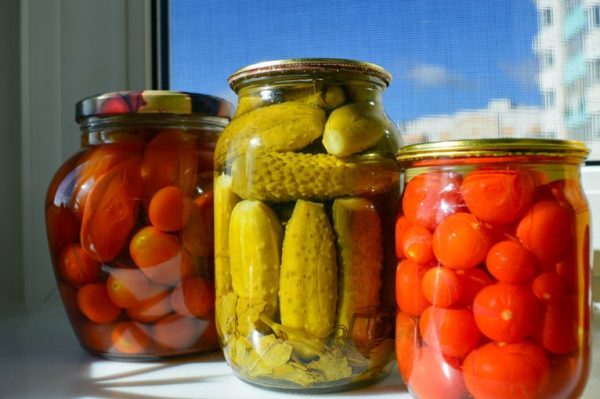
Tips To Store And Extend Life Of Excess Fruits And Vegetables
Sometimes we tend to buy excess quantity of fresh produce. Instead of wasting and discarding the extra produce learn how to store the veggies, greens and fruits for a longer time and use when needed. Extending the life of fruits and vegetables is a common challenge, but with the right techniques, you can keep your produce fresh for longer.
Here are traditional ways that can help you maximize the shelf life of your fruits and vegetables:
1. Proper storage
- Refrigeration: Store fruits and vegetables in the refrigerator if they are sensitive to warmth, like berries, leafy greens, and carrots. Use crisper drawers to control humidity levels.
- Room temperature: Some fruits, such as bananas, tomatoes, and avocados, ripen better at room temperature. Keep them on the counter until they are ripe, then refrigerate if necessary.
- Separate storage: Store fruits and vegetables separately, as some fruits release ethylene gas which can accelerate ripening and spoilage in vegetables.
2. Use right containers
- Airtight containers: Use airtight containers or resealable bags to reduce exposure to air, which can lead to spoilage. This is particularly useful for cut fruits and vegetables.
- Ventilated bags: Store produce that needs airflow, like mushrooms and herbs, in ventilated bags or paper bags to prevent moisture buildup and mold.
3. Keep produce dry
- Avoid washing until use: Do not wash fruits and vegetables until you are ready to use them. Excess moisture can promote mold and decay.
- Dry storage: Use paper towels to line containers or bags to absorb excess moisture. For leafy greens, wrap them in a paper towel before storing in a bag.
4. Temperature control
- Cool and dark places: Store potatoes, onions, and garlic in a cool, dark, and dry place to prevent sprouting and spoilage.
- Avoid cold-sensitive produce: Keep cold-sensitive produce like cucumbers, peppers, and basil at room temperature to avoid damage from refrigeration.
5. Use natural preservatives and extend freshness
- Vinegar solution: Rinse berries in a mixture of one part vinegar to three parts water before storing to kill mold spores and bacteria. Rinse again with plain water before consuming.
- Citrus juice: Use lemon or lime juice on cut fruits like apples, avocados, and pears to prevent browning.
6. Freezing
- Blanching: For vegetables, blanching before freezing can preserve color, flavor, and nutrients.
- Flash freezing: Lay out cut fruits and vegetables on a baking sheet to freeze them individually before transferring them to freezer bags or containers to prevent clumping.
7. Fermentation and pickling
- Pickling: Preserve cucumbers, beets, carrots, and other vegetables in a vinegar solution to extend their shelf life.
- Fermentation: Make fermented foods like sauerkraut and kimchi to not only preserve vegetables but also add probiotics to your diet.
8. Herb preservation
- Freezing herbs: Freeze herbs like basil, parsley, and cilantro in ice cube trays with water or olive oil.
- Drying: Hang herbs upside down in a dry, warm place until fully dried. Store dried herbs in airtight containers away from light and heat.
9. Storing in jars
- Glass jars: Store cut vegetables like celery, carrots, and bell peppers in water-filled glass jars in the refrigerator. Change the water every few days to keep them fresh.
10. Root cellaring
- Natural cool storage: Utilize a basement, garage, or insulated container to mimic root cellar conditions for storing hardy vegetables like potatoes, carrots, and turnips through the winter.
11. Utilize ethylene absorbers
- Commercial products: Use ethylene gas absorbers or produce storage sheets in your fridge to prolong the life of ethylene-sensitive produce.
- DIY methods: Place a piece of activated charcoal or baking soda in the storage area to absorb ethylene and odors.
12. Prevent cross-contamination
Separate storage: Keep produce that has been cut or is highly perishable separate from whole fruits and vegetables to prevent cross-contamination and spoilage.
By implementing these techniques, you can significantly extend the life of fruits and vegetables, reduce waste, and enjoy fresh produce for longer and save money.
Image credit: https://pxhere.com/en/photo/1027435 CC0 Public Domain (uploaded -03/07/2017)
Author: Sumana Rao | Posted on: May 28, 2024






















Write a comment